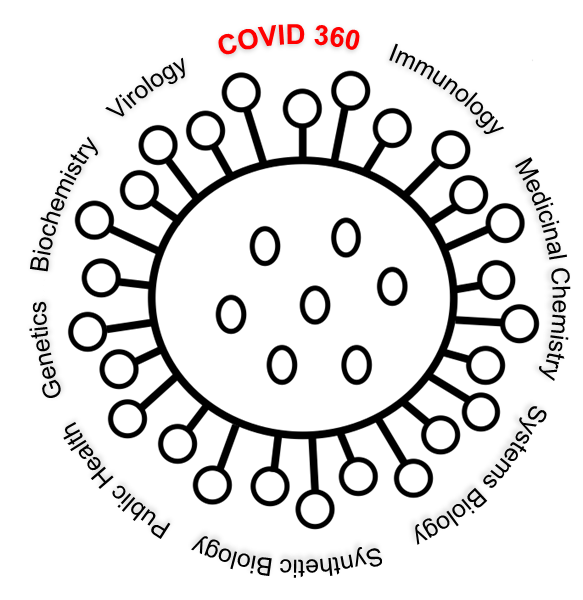
In March 2020, institutions underwent a massive transition to distance learning as a result of the COVID-19 pandemic. With so little time to devise new materials to maximize learning in the new virtual environment, instructors devised a variety of innovative strategies for completing the Spring 2020 semester. While highly disruptive, the pandemic also brought mainstream attention to a wide array of scientific concepts and provided an opportunity to teach students about science in real-time. Teaching topics related to COVID-19 can be approached from many different disciplines such as virology, immunology, biochemistry, genetics, public health, pharmacology, systems biology, and synthetic biology. By bringing together lessons devised by each of the authors on their own, we offer a series of curriculum modules that can be used either collectively or in parts to provide students with a multidisciplinary look at the virus and to answer their own curiosity about the disease that will define their generation.
Primary image: 360-degree view of COVID-19. The primary image depicts a SARS-CoV-2 virion surrounded by the fields of study that are featured in our pedagogical activities.

Heather Evans onto Micro and Immuno
@
on